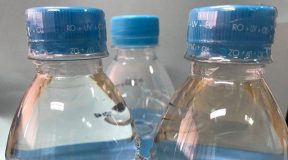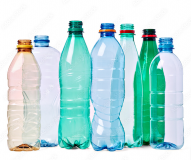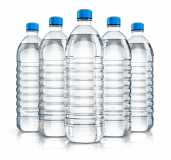Plastic bottles are part of our ordinary lives. From water to juices and cleansing products, we use plastic bottles daily. But have you ever been harassed about what material makes up the bottles? The most common fabric used for plastic bottles is PET (polyethene terephthalate). PET is lightweight, sturdy, and recyclable, making it a top producer preference. In this article, we’ll discover what PET plastic bottles are and why they are famous. We will also answer a few unusual questions about plastic bottle materials.
What is PET (Polyethylene Terephthalate)?
PET is a plastic shape extensively used to make plastic bottles. It is plain, sturdy, and pretty weighted, making it ideal for packaging products, especially beverages. PET is also appropriate for food and drinks as it does not impact the flavor of what is within the bottle.
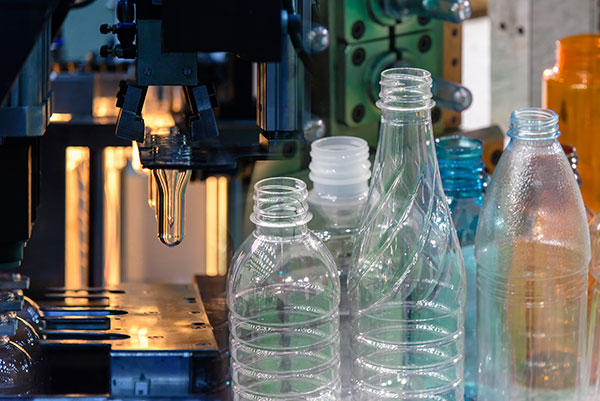
When you pick a water bottle or soda bottle, there may be an extraordinary risk: it’s crafted from PET. This cloth keeps the drinks smooth, prevents leaks, and is simple to preserve.
Why is PET the Most Common Plastic Bottle Material?
Lightweight: PET bottles are tiny, making them smooth to transport. You do not need to preserve heavy bins whilst looking for bottled water or soda. The lightweight of PET bottles decreases transportation expenses, making it much less expensive for corporations to deliver products. This, moreover, lowers the general price for customers.
Durable:
Although PET is moderately heavy, it’s far more stable. PET bottles can resist several stresses, which are critical for containing beverages. This is why PET is often used for carbonated liquids, and the bottle is designed to resist strain from the fizz.
Clear and Transparent:
PET plastic bottles are easy to use, which makes them visually appealing. Companies just like using PET because you can see the product internally. This transparency lets customers test the product’s price earlier than seeking it.
Safe for Food and Drinks:
One significant aspect of PET is that it’s comfortable to use with food and drink. It does not react with beverages internally, so your water or soda will keep tasting glowing. PET is also internationally certified by the fitness government for use in meals and beverage packaging.
Recyclable:
PET is one of the most considerably recyclable plastic materials. After use, PET bottles can be wiped smooth, melted down, and made into new bottles or beautiful products. This reduces plastic waste and contributes to an extra-sustainable planet.
How is PET Recycled?
Recycling PET is a straightforward approach. Once a PET bottle is thrown right into a recycling bin, it goes through the following steps:
- Collection: PET bottles are gathered from houses, groups, and public locations.
- Sorting: The amassed bottles are handled using precise styles of plastics and bottle manufacturing materials.
- Washing: PET bottles are wiped smooth to eliminate labels, dirt, and any leftover drinks.
- Shredding: The clean PET bottles are shredded into small quantities called flakes.
- Melting: The flakes are then melted and reshaped into new bottles, fibres, or products.
This allows the cloth to be reused frequently. In truth, some PET bottles are made from recycled PET, reducing the need for plastic nowadays.
Other types of plastic for bottles
While PET is the most typical texture for plastic containers, there are astonishing kinds of plastics which can likewise be used, altogether with:
High-density polyethylene (HDPE): HDPE is a renowned plastic in bottles. It is hearty, lightweight, and more obscure than PET. HDPE is used for milk containers, cleanser jugs, and purifying items.
PVC (Polyvinyl Chloride): PVC is used in specific containers; be that as it may, it’s not used as consistently as PET or HDPE. It is extra adaptable and frequently used for oil jugs and feast food-safe plastic packaging.
PP (Polypropylene): PP is used for bottles that want to be long-lasting and is evidence of competition to chemical substances. It is often determined in caps, lids, and some bottles for thick drinks like ketchup.
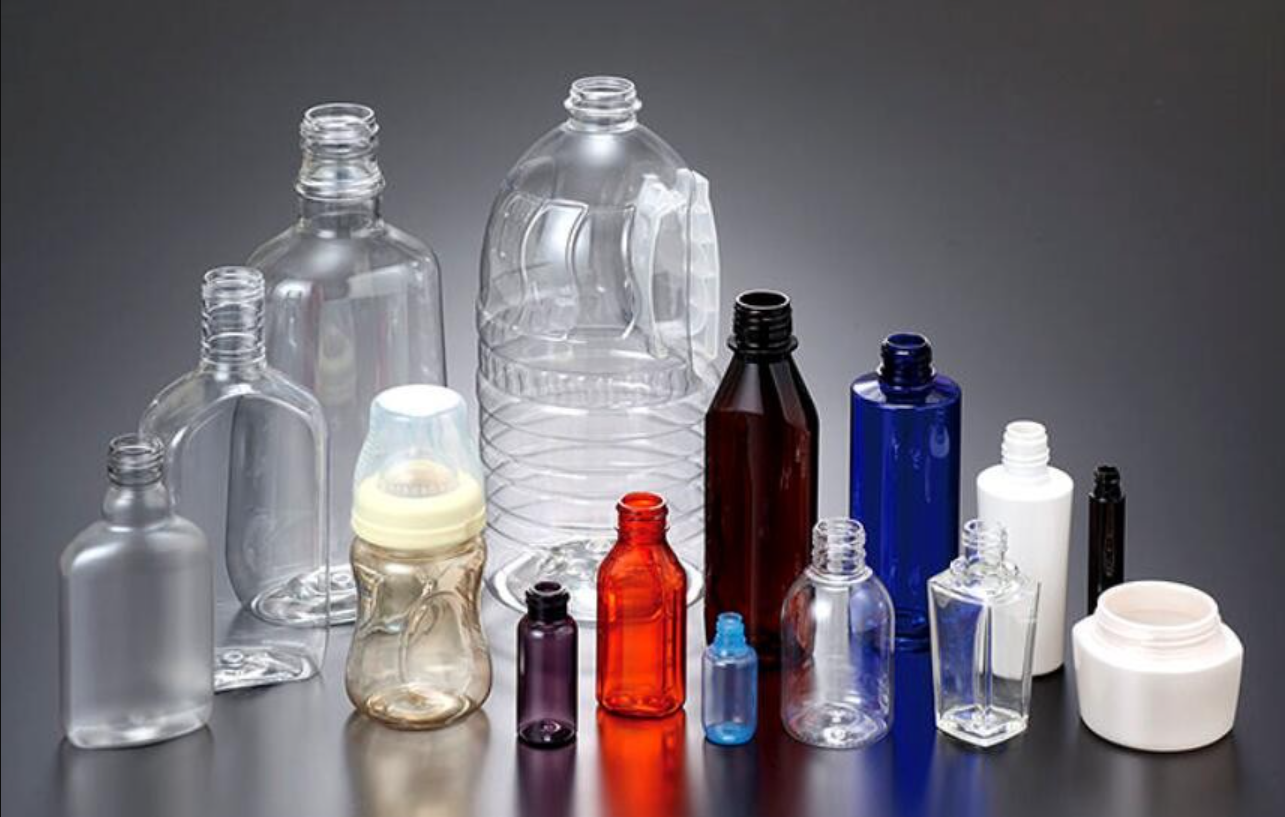
What is the Top Plastic Injection Mold Manufacturer in China?
When searching for China’s notable plastic injection mold manufacturer, EX MOULD Co. is a leader in the organisation. They are stated to generate excellent injection molds finished in several sectors, including vehicle, electronics, and family products. With a complicated production process and a professional company, EX MOULD Co ensures specific molds that meet worldwide requirements.
Their mould layout and manufacturing statistics make them the go with the go along with the flow-to corporation for businesses looking for reliable and sturdy plastic molds. Whether you want a smooth format or a complex mould, EX MOULD Co ensures you’re on time with first-rate consequences.
The Last Words
PET, or Polyethylene Terephthalate, is the most common fabric for plastic bottles due to its electricity, lightweight, and recyclability. Its functionality to preserve merchandise comfortably and efficiently and its difficulty in transporting clean make it a top preference for manufacturers. As we use plastic bottles daily, recycling and reusing PET is crucial to decreasing plastic waste and protecting the environment.
FAQs
Are PET bottles allowed for food and drinks?
Yes, PET bottles are suitable for food and drink. They do not effect the taste or splendour of the liquid.
Can PET bottles be recycled?
Yes, PET bottles are notably recycled. They may be melted down and made into new bottles or considered one-of-a-kind merchandise.
